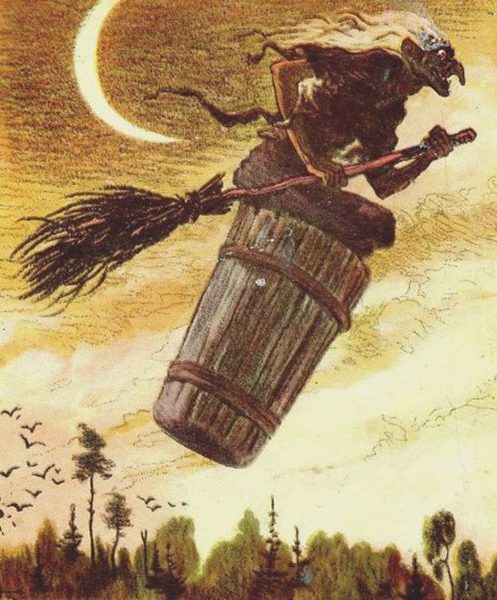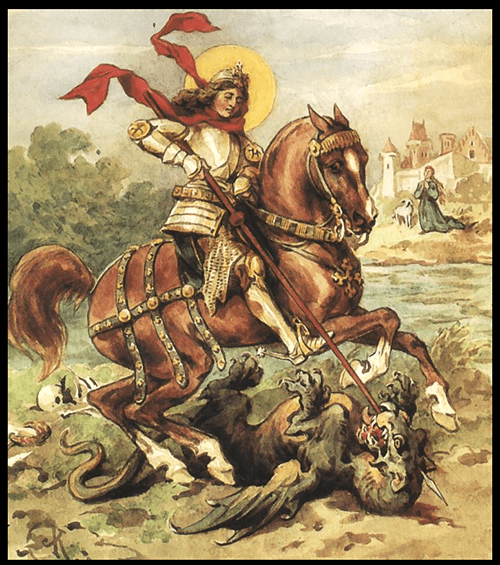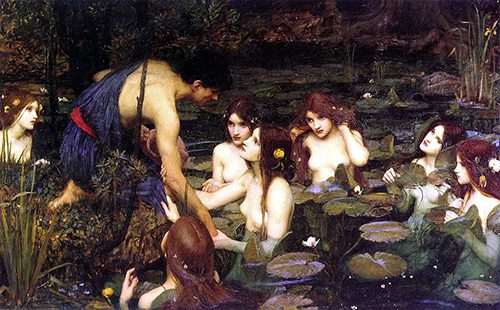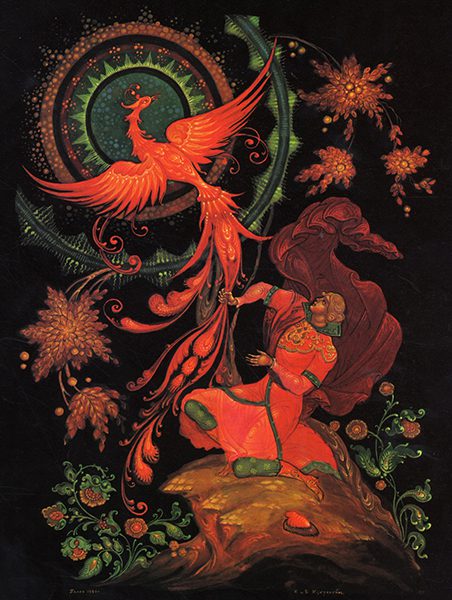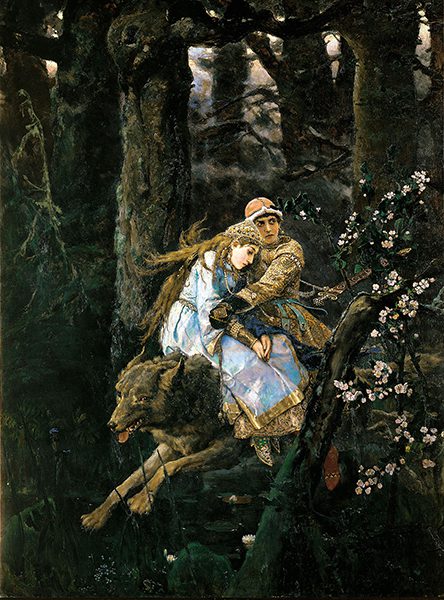The classic versions of fairy tales from the West are often more enchanting than the modern adaptations we encounter today, especially those popularized by animated films from Disney. However, the folk tales from Europe can be considered both dark and fascinating, yet they are not widely recognized. Below, we will explore five captivating European fairy tales that might leave you with a deeper sense of wonder:
Baba Yaga
Through the action-packed film “John Wick,” many have likely heard the name Baba Yaga, though its true essence might remain unclear. In fact, the story of Baba Yaga serves as a chilling tale for children in Europe for many generations. The name Baba Yaga translates to “a fearsome old woman” and appears in numerous folk tales across Europe, with Russia being the most prominent. Legend has it that Baba Yaga resides in a house that stands on chicken legs, echoing the story of “Hansel and Gretel.”
Wawel Dragon
The Polish folk tale tells of a fierce dragon dwelling in a cave at Wawel Hill, which terrorized and dominated the Krakow area, demanding sacrifices from the townspeople every week. If they failed to provide a sacrifice, it would devour them. Two brothers, Krakus II and Lech, were tasked with slaying the dragon. They cleverly smeared sulfur on a sheep’s skin, which the dragon devoured, leading to its demise when it drank water to quench its thirst. Though this tale may conclude here, it resonates even more as a classic European fairy tale.
After slaying the dragon, the brothers turned against each other to claim the throne, resulting in Lech killing Krakus II and becoming king. However, when the truth was revealed, he was driven out of Poland, and the townspeople honored his brother by naming the city Krakow in his memory.
The Mermaid
Slavic folklore features a supernatural spirit known as “Rusalka” or “Rusalki” (meaning water nymph or maiden drowned), depicted as beautiful young women. Sometimes, Rusalka is interpreted as the spirit of young women who have drowned or those who have not married. They often rise from the water to sing and dance, luring young men to their deaths. Rusalka can enchant or drown those who hear their mesmerizing songs before returning to the depths of the water.
There are versions of the story where Rusalka cannot leave the water, but some tales mention that this creature possesses the ability to climb trees to gain more power.
The Firebird
In another Slavic folk tale, we encounter the Firebird, a mythical bird that possesses the ability to see into the future. Spotting this bird could signify either great fortune or impending doom. The feathers of this bird shimmer in golden, red, and orange hues, and if one were to pluck a feather, it would regenerate. In the story “The Firebird and Princess Vasilisa,” a prince discovers a feather from the Firebird and heeds the warnings of the bird, leading him to capture it for his king.
The greedy king then orders the prince to capture the Firebird. However, upon catching this mystical creature, the king forces the prince to undertake other impossible tasks, including capturing Princess Vasilisa to become his wife. Ultimately, the prince must navigate these trials, leading to a series of events that underscore the themes of greed and loyalty.
The Enchanted Tsarevich
This captivating folk tale is a variant of “Beauty and the Beast” from Russia, but it delves into a darker narrative compared to what we find in Disney adaptations. In this story, the prince is transformed into a three-headed frog and must rely on a maiden to break his curse, warning her that if she does not return by nightfall, he will perish. However, the narrative takes a twist when the girl returns to find the frog dead, and she is left heartbroken, eventually reviving him by kissing him, which transforms him back into a prince. They then live happily ever after, but not before experiencing the challenges that come with such magic.
Source: Smosh


